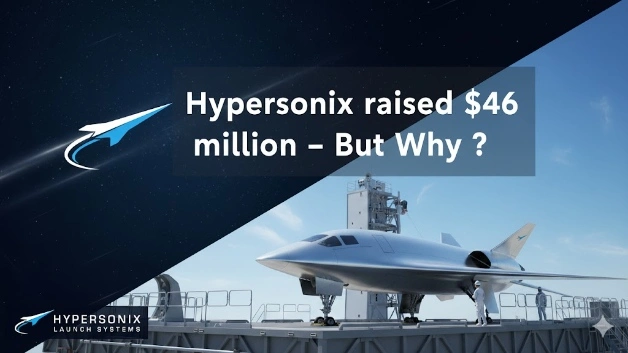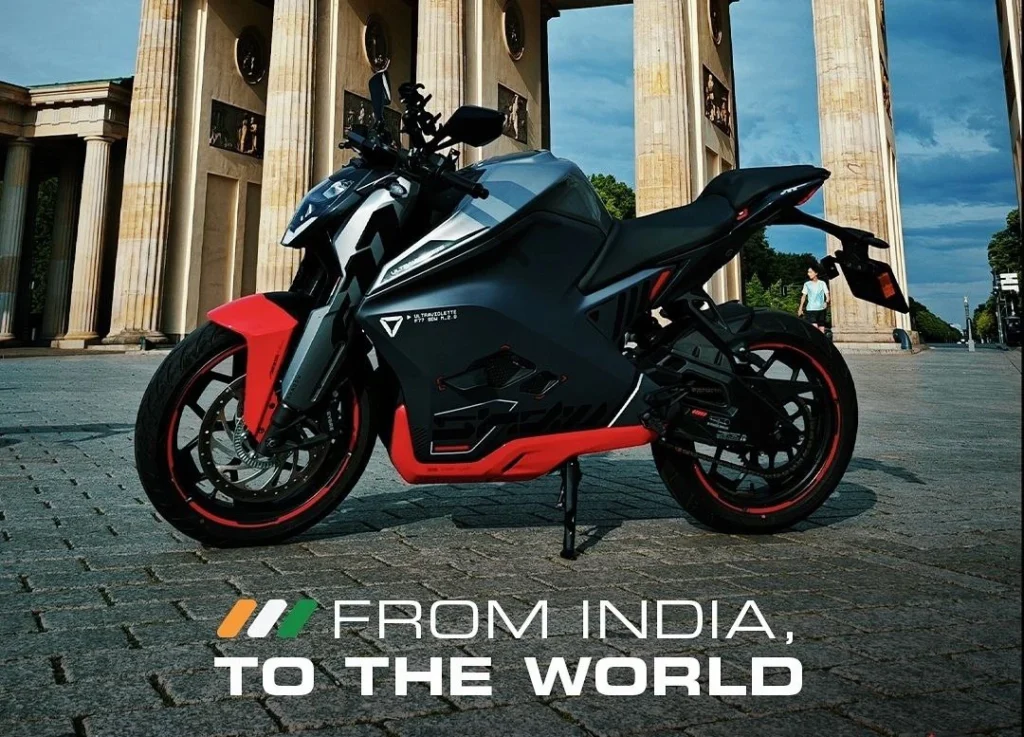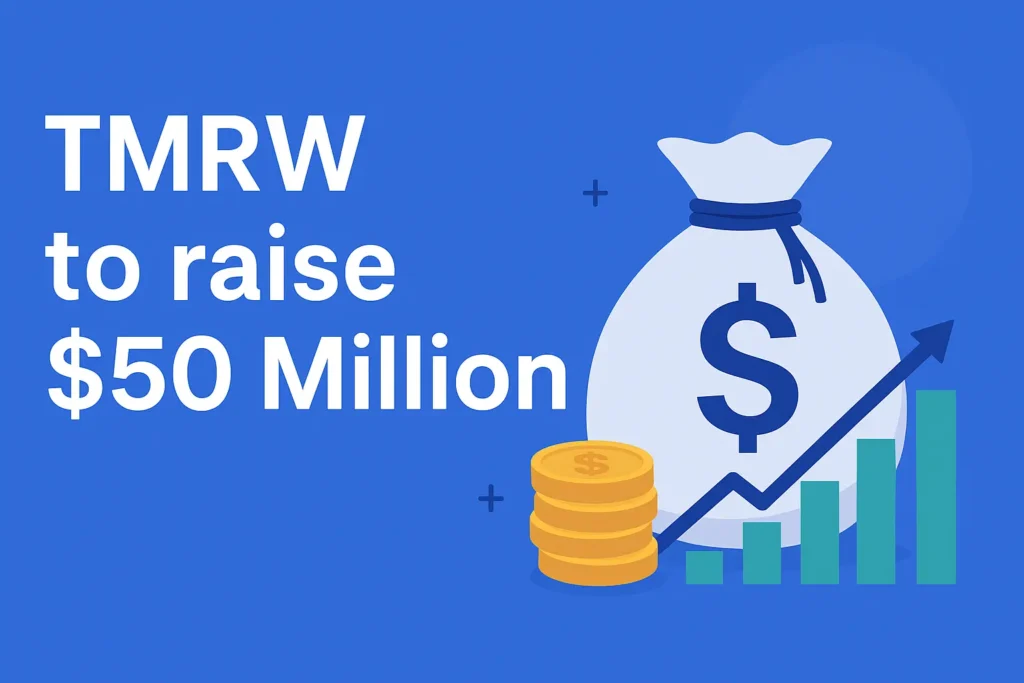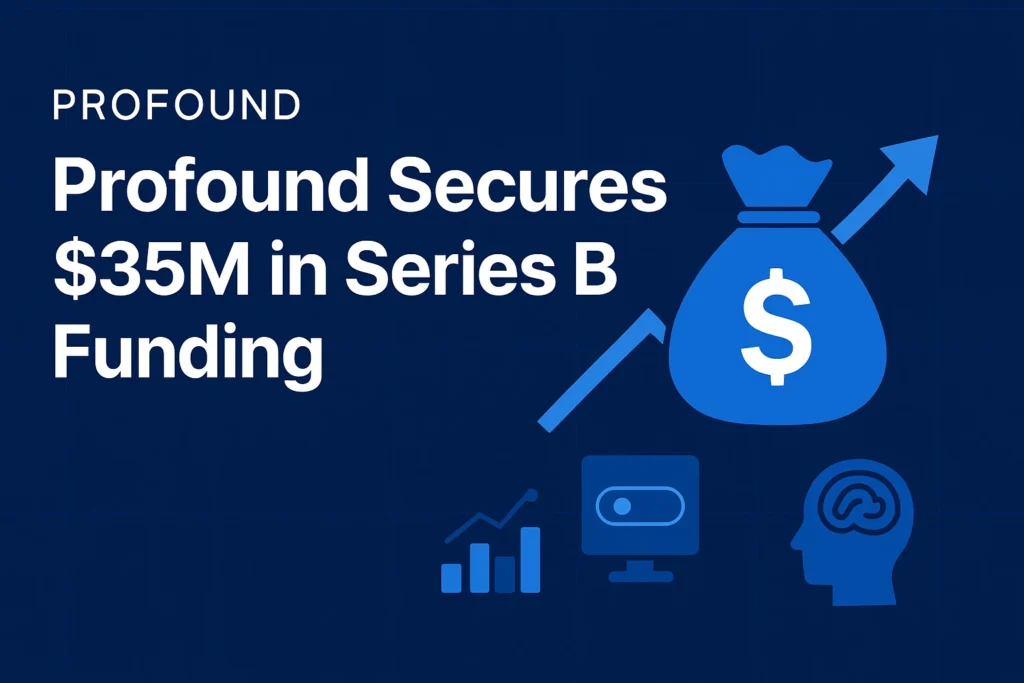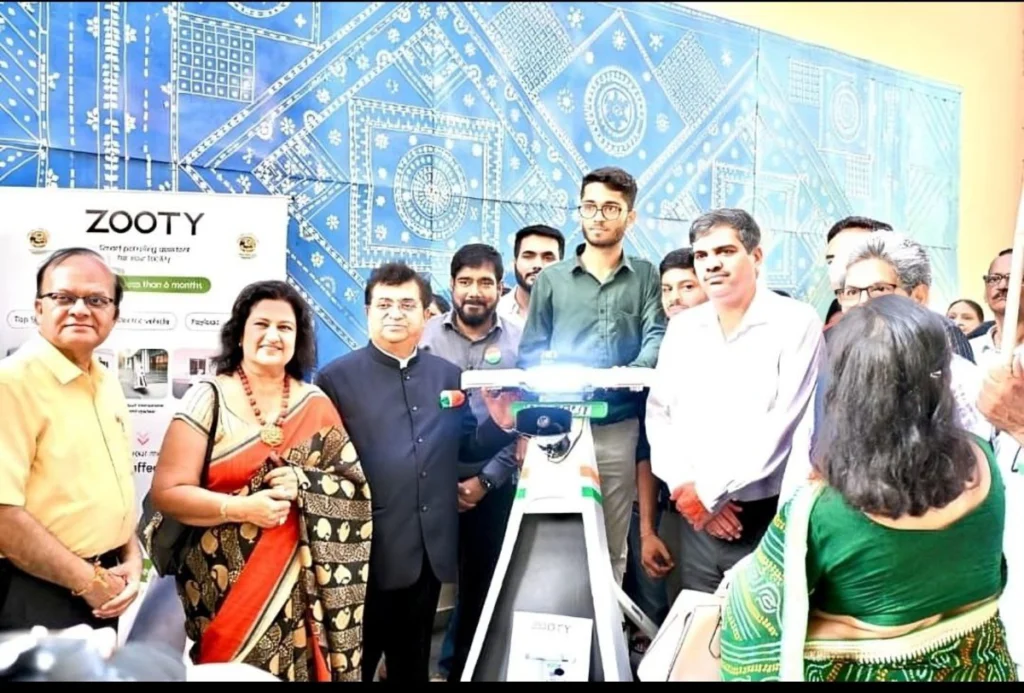The global aerospace sector witnessed a watershed moment as Hypersonix Launch Systems, the Brisbane-based startup developing reusable hydrogen-powered hypersonic aircraft, secured $46 million in Series A funding at a $141 million valuation. Led by UK-based High Tor Capital with strategic participation from European defense firm Saab, Poland’s RKKVC, Queensland Investment Corporation, and the federal government’s National Reconstruction Fund Corporation contributing $10 million—its first defense sector investment—this capital infusion raises a crucial question: why is venture capital flowing into hydrogen-powered hypersonic aircraft when kerosene-fueled scramjets dominate military programs, and Australia hasn’t manufactured sovereign defense aerospace systems at scale for decades?
The $12.18 Billion Market Nobody Expected Australia Could Capture
The answer lies in understanding what’s happening beneath the surface of hypersonic technology evolution. Despite the global hypersonic technology market valued at $4.98 billion in 2020 projecting explosive growth to $12.18 billion by 2030—representing 9.7% compound annual growth—the sector faces a critical sustainability gap. Traditional hypersonic systems burn kerosene producing significant CO₂ emissions and requiring extensive maintenance, yet defense applications demand reusable platforms capable of sustained Mach 5+ operations without prohibitive per-mission costs.
Why Australia’s Defense Strategy Required Indigenous Hypersonics
Hypersonix’s massive valuation trajectory provides context for why sovereign capability development outweighs importing foreign systems. When geopolitical tensions escalate across Indo-Pacific regions and supply chain vulnerabilities expose defense dependencies, nations prioritize indigenous manufacturing even at premium costs. Australia’s position as global hypersonic research leader since University of Queensland pioneered scramjet technology in 1989 created intellectual property foundations competitors lack, yet commercialization required bridging decades between academic research and operational deployment.
The funding structure reflects institutional recognition that hypersonic superiority determines 21st-century military advantage. NRFC CEO David Gall articulated strategic imperatives: “We see huge potential in backing Australian companies and innovations that build our sovereign capability while also tapping into the global market for hypersonic and counter hypersonic capabilities among our friends and allies.” Chairman Arthur Sinodinos—former US Ambassador and Australian Federal Minister for Science and Industry—emphasized: “Hypersonix represents the kind of company Australia must support if it wants to lead in future industries,” acknowledging that sovereign aerospace manufacturing requires patient government capital traditional venture funds cannot provide alone.
The Hydrogen Architecture Behind $141 Million Valuation
The funding round accelerates manufacturing capabilities in Queensland and development of VISR (Velos Intelligence, Surveillance and Reconnaissance)—an 8-metre, fully reusable hydrogen-fuelled hypersonic aircraft featuring four SPARTAN engines and advanced ceramic matrix composites withstanding extreme thermal demands of sustained hypersonic flight. The timing coincides with defense technology reaching inflection points where sustainability mandates intersect operational requirements. The Pentagon allocated $6.9 billion for hypersonic systems in FY 2025 requests—47% above FY 2023—while allies including Australia accelerate indigenous development recognizing technological sovereignty as national security imperative.
Hypersonix differentiates through material science breakthroughs enabling hydrogen propulsion at hypersonic velocities. Unlike conventional scramjets requiring kerosene and extensive cooling systems adding weight and maintenance burdens, SPARTAN’s hydrogen combustion produces only water vapor while ceramic composites handle thermal loads without active cooling. Dr. Smart noted: “SPARTAN is more than a propulsion system. It’s a breakthrough in reusable hypersonic flight.” This architectural decision positions the company uniquely: operational sustainability becomes competitive advantage rather than regulatory constraint.
Why This Matters For Global Defense Manufacturing
Hypersonix’s $46 million raise positions the company within broader 2025 aerospace dynamics where hypersonic platforms demonstrate strategic advantages justifying massive investments:
Speed Dominance Transformation: Hypersonic weapons traveling Mach 5+ evade existing missile defense systems optimized for subsonic or supersonic threats. Intelligence, surveillance, and reconnaissance platforms operating at these velocities compress decision cycles from hours to minutes, fundamentally altering military response capabilities. McKinsey projects hypersonic aircraft reducing intercontinental flight times 70%+, with New York to Tokyo compressed from 14 hours to under 2 hours.
Market Maturation Accelerating: The supersonic and hypersonic aircraft market valued at $7.83 billion in 2023 projects growth to $11.55 billion by 2030 at 9.33% CAGR. Hypersonic flight market specifically—estimated $782 million in 2023—reaches $1,154 million by 2030 at 5.7% CAGR, with military and space applications driving adoption before commercial aviation deployment.
Hydrogen Infrastructure Validation: Hypersonix’s selection as first HyCAT prototype contract—chosen from 60+ applicants—validates hydrogen viability for defense applications. As nations pursue net-zero commitments, defense sectors face pressures eliminating carbon-intensive platforms. Hydrogen scramjets demonstrate that environmental sustainability and military superiority aren’t competing priorities but converging requirements.
The Answer: Sovereign Capability Meets Global Market Leadership
So why $46 million for Hypersonix? Because the company combines elements investors value: world-leading technical expertise from decades of Australian hypersonic research commercialized through SPARTAN’s hydrogen scramjet, sovereign defense manufacturing capability addressing Indo-Pacific strategic requirements, and strategic timing where Pentagon hypersonic budgets surge 47% while sustainability mandates force propulsion innovation.
The investment validates that hypersonic winners emerge through materials science breakthroughs enabling hydrogen propulsion rather than incrementally improving kerosene systems. With hypersonic technology market reaching $12.18 billion by 2030 and Australia positioned as global research leader since 1989, Hypersonix captures value at disciplinary intersections where defense, aerospace, and clean technology converge—analogous to how SpaceX transformed space access through reusability innovations.
I’m Araib Khan, an author at Startups Union, where I share insights on entrepreneurship, innovation, and business growth. This role helps me enhance my credibility, connect with professionals, and contribute to impactful ideas within the global startup ecosystem.
